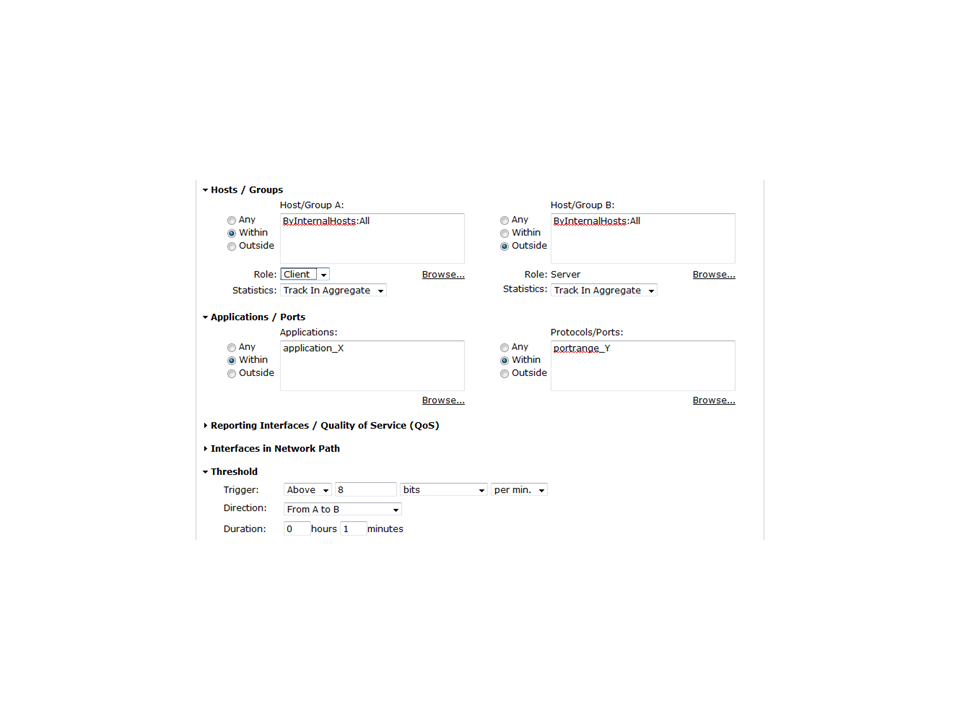Riverbed 299-01 - Riverbed Certified Solutions Professional - Network Performance Management
How does Cascade Profiler obtain switch port discovery and population information?
A SPAN port or Port Mirror differs from RSPAN technology in which way:
Which of the following configuration changes can be used to reduce the number of alerts generated overall for a Service?
When you modify a filter in Cascade Pilot:
In defining a user defined policy on Cascade Profiler that triggers when the aggregate connection rate from any internal host to all external hosts exceeds a certain threshold, one has entered "within internal" for host/group A and "outside internal" for host/group B. How should the statistics be tracked for host/group A and B?
Which parameters can be used to set up an Application Performance analytic on Cascade Profiler?
Simple Network Management Protocol can be used on Cascade Profiler for:
Which filter should be used to analyze a capture job within Cascade Pilot?
Refer to the Exhibit.

For a user defined host policy on Cascade Profiler, what would trigger this policy to generate an alert?
Common methods for receiving alerts from a Network Performance Management system includE. (select 2)



